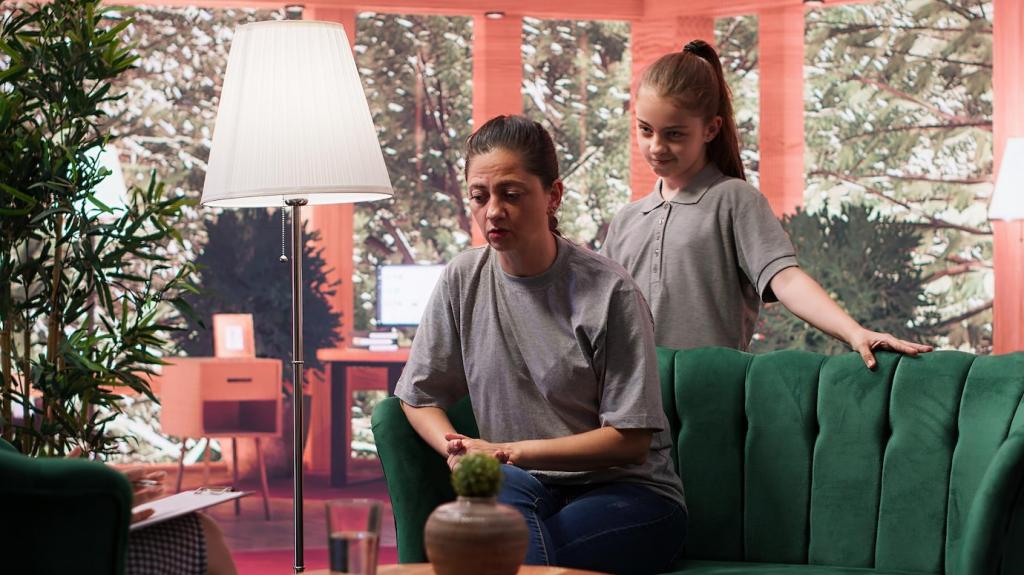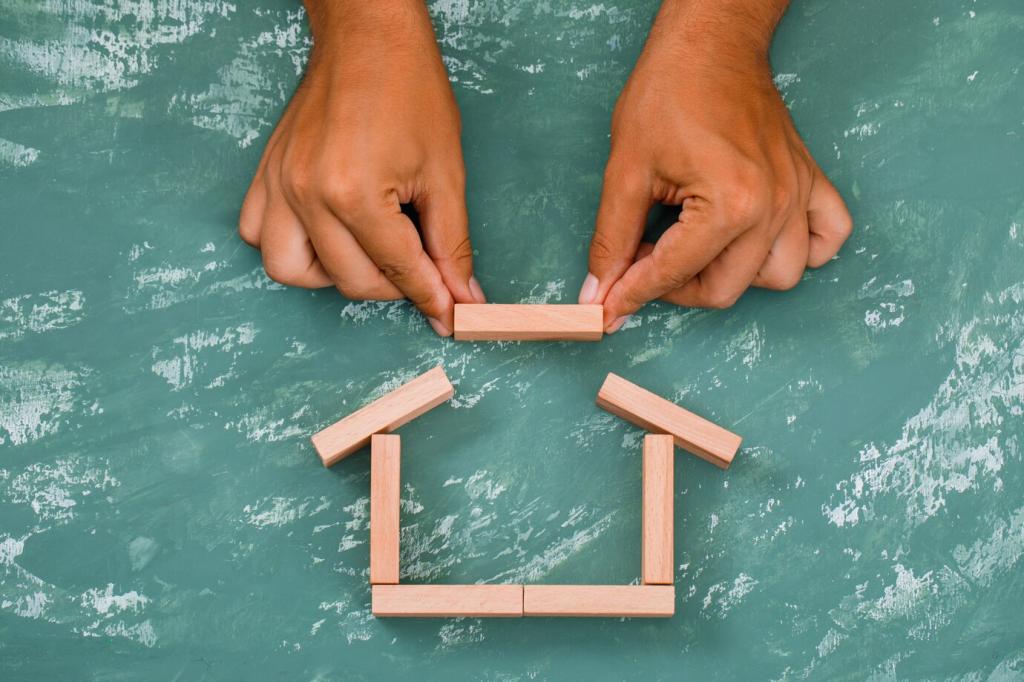Eco-Friendly Flooring Options for Your Home
The Importance of Sustainable Flooring
Conventional flooring materials, such as vinyl and synthetic carpets, often rely on non-renewable resources and involve energy-intensive manufacturing processes. These materials can emit volatile organic compounds (VOCs) into your home, contributing to indoor air pollution and posing health risks over time. In addition, disposal of traditional flooring tends to add to landfill waste, with some materials persisting for centuries without decomposing. By contrast, eco-friendly alternatives aim to address these issues at every stage of their life cycle.
Previous
Next
Bamboo Flooring: Nature’s Renewable Resource
Bamboo is a type of grass that can mature in as little as three to five years, much faster than traditional trees used for hardwood flooring. Its regenerative nature means that, when harvested, the root system remains intact, allowing the plant to regrow without the need for replanting. This fast renewal cycle makes bamboo a highly sustainable material, reducing deforestation and pressure on hardwood forests while providing a plentiful supply for construction and flooring industries.
Cork Flooring: Comfort Underfoot
Sustainable Harvesting Methods
Unlike other flooring materials, cork is harvested without harming the tree. Cork oak bark can be stripped once every nine years, allowing the tree to continue thriving for up to 200 years. This minimally invasive process preserves forests and maintains habitats for wildlife, while ensuring a steady supply for the cork industry. As a result, cork flooring embodies a sustainable approach that supports both biodiversity and responsible land management.
Thermal and Acoustic Benefits
One of cork’s most enticing features is its natural ability to absorb sound and insulate against temperature fluctuations. The material’s cellular structure traps air, creating a cushiony feel underfoot and promoting a quieter home environment. Cork helps to stabilize indoor temperatures, making rooms feel warmer in winter and cooler in summer. These qualities make cork flooring especially beneficial for bedrooms, nurseries, and areas that benefit from reduced noise and extra comfort.
Durability and Care
Despite its springy, soft texture, cork flooring is remarkably resilient when properly maintained. It naturally resists mold, mildew, and pests thanks to its composition of suberin, a waxy substance that repels moisture and contaminants. Regular cleaning with a damp mop and prompt attention to spills help preserve cork’s longevity. When sealed or finished, cork flooring becomes even more durable, making it a long-lasting investment for busy households seeking both ease of care and sustainable design.
Reclaimed Wood: Beauty with a History

Reclaimed wood is a unique green flooring option because it repurposes material that would otherwise be discarded or destroyed. By utilizing salvaged lumber, you help reduce demand for freshly cut trees and lower the energy required for milling new boards. This practice keeps valuable resources in use, diverts waste from landfills, and minimizes the environmental footprint associated with producing conventional hardwood flooring.
Linoleum: The Natural Resilient Choice
Linoleum’s key ingredients are sourced from fast-growing, plant-based materials, making it inherently low-impact and biodegradable. Linseed oil, extracted from flax seeds, combines with cork dust and wood flour to create a flooring material that is both sturdy and sustainable. The production process minimizes reliance on petrochemicals, resulting in a product that naturally decomposes at the end of its lifecycle, unlike most synthetic alternatives.
One of the greatest benefits of linoleum is its non-toxic composition. Free from harmful phthalates, PVC, and heavy metals commonly found in vinyl, it poses minimal risk for allergies and respiratory irritation. Linoleum also features inherent antimicrobial properties, helping to resist the growth of bacteria and contributing to a healthier indoor environment. Its hypoallergenic qualities make it an excellent choice for nurseries, kitchens, and homes with sensitive occupants.
Linoleum is available in a wide array of vibrant colors, marbled patterns, and custom designs, providing extensive creative freedom for any décor. It is both durable and flexible, withstanding heavy foot traffic and repeated cleaning without losing its color or integrity. Properly maintained linoleum can last for decades, making it a smart, stylish, and eco-friendly investment for homeowners who value sustainability and design versatility.

Concrete floors can be crafted with fly ash, recycled glass, and other post-industrial waste materials, reducing reliance on virgin raw resources. Terrazzo incorporates chips of marble, glass, or recycled stone set into a cement or resin base, making it one of the oldest examples of upcycling in design. Both flooring types benefit from local sourcing, which decreases transportation emissions and supports regional economies.


Rubber Flooring from Recycled Tires
Repurposing used tires into flooring prevents millions of pounds of durable rubber from accumulating in landfills each year. Recycled rubber flooring is resilient, slip-resistant, and shock-absorbent, making it ideal for playrooms, gyms, or kitchens. Besides its eco-credentials, this flooring dampens sound and is available in a wide range of colors and textures, proving that sustainability and high performance can go hand in hand.
Recycled Glass Tile Flooring
Old bottles and glassware are processed into vibrant, durable glass tiles that can be used for floors and accent features. These tiles reflect light beautifully, adding a luminous quality to bathrooms, kitchens, and entryways. Not only do they minimize resource extraction and landfill use, but recycled glass tiles are also resistant to moisture, stains, and scratching, combining longevity with environmental responsibility in one dazzling package.
Carpet Tiles from Recycled Fibers
Carpet tiles made from recycled nylon, polyester, or other post-consumer materials offer a modular, customizable approach to flooring. These tiles can be replaced individually in case of staining or wear, extending the life of your floor and reducing waste. Many options feature low-VOC adhesives and are available in an array of patterns and colors, making it easy to personalize spaces while supporting a circular economy.
